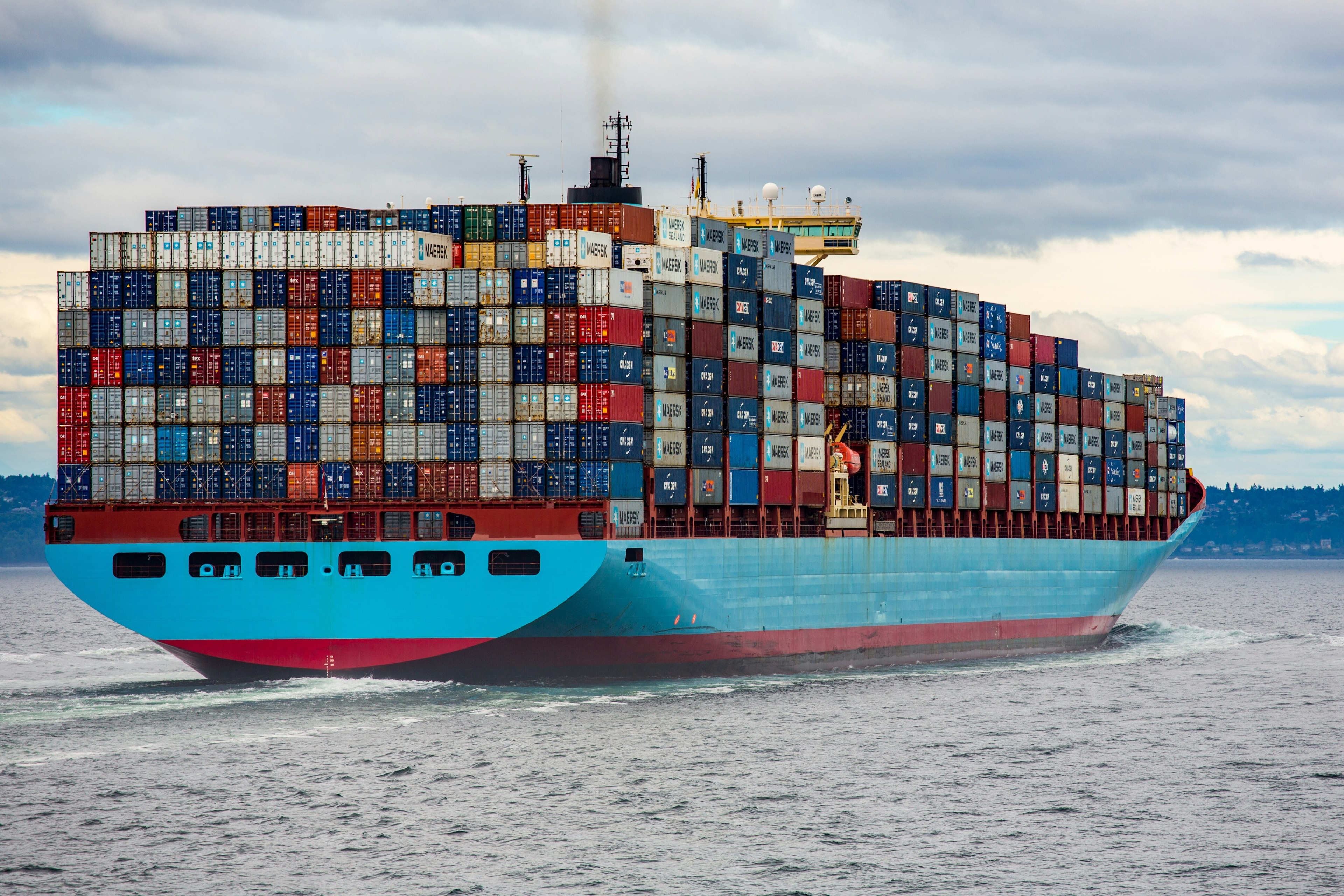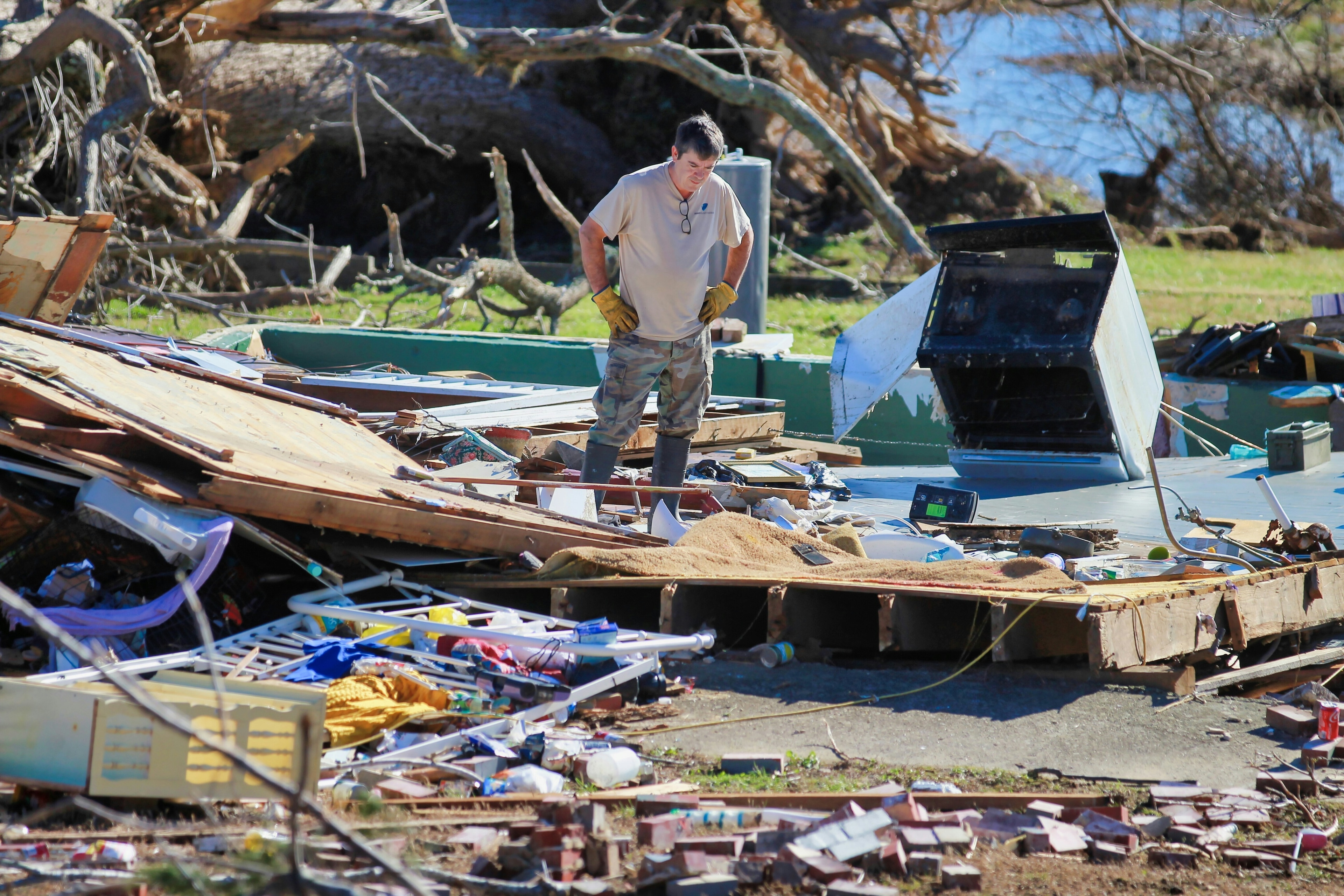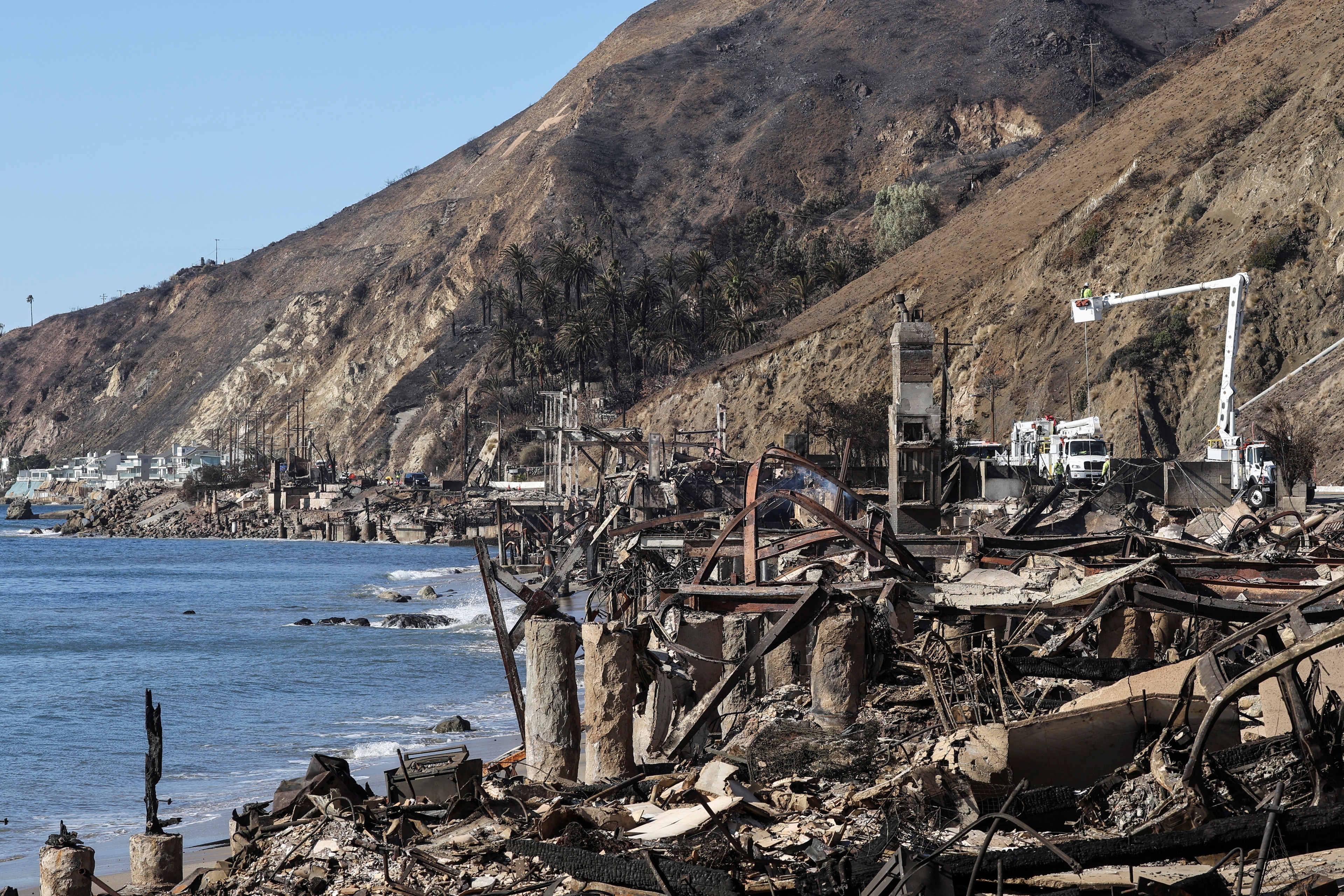How widespread is coronavirus in New York? We need to know

Testing for coronavirus is still being rationed.
Image: REUTERS/Jeenah Moon
David E. Bloom
Clarence James Gamble Professor of Economics and Demography, Harvard School of Public Health
Explore and monitor how COVID-19 is affecting economies, industries and global issues
Stay up to date:
COVID-19
- The true number of people with COVID-19 could be up to 100 times higher than confirmed cases.
- Testing a random sample of 5,000 people could predict the prevalence of coronavirus.
- Wider testing to identify immunity could lead to less restrictive social distancing measures.
As of 30 March, over 66,000 people had tested positive for SARS-CoV-2, the virus that causes COVID-19, in New York State. But how many are really infected? We don’t know.
Only those who have symptoms or are otherwise considered at high risk due to contact with individuals confirmed to be infected are eligible to be tested. Moreover, anecdotal evidence suggests that a large number of apparently symptomatic individuals have been unable to get tested, and even more people may be infected but remain asymptomatic, fail to recognize their symptoms, or fail to take them seriously.
We urgently need to know the actual numbers of symptomatic and asymptomatic infections in the community if we want to accurately assess the epidemic and make the right policy decisions.
The true number of cases in the population must be higher than the number tested positive so far, but we don’t know by how much. Very conservative estimates would be that actual case totals are two or three times larger than the number of positive tests.
Epidemiological modellers at Harvard and John Hopkins have suggested that the true figure might be as much as 10 or 20 times higher than what has been reported. In the UK, recent estimates based on symptoms rather than testing suggest that the real ratio of cases to positive tests might be even higher, perhaps as much as 50 or 100 fold.
How can we determine the actual number? In an ideal world, we would test everyone and test them repeatedly. But constraints on the number of available test kits, other essential medical supplies, laboratory capacity, and personnel render such an approach impossible at this time.
A feasible, alternative approach is to test a representative random sample of 5,000 people in New York State. Based on our statistical calculations, this sample size is large enough to pin down the prevalence of COVID-19 infection accurately, within a margin of error of 1.5 percentage points. Employing this strategy would be akin to using exit polls to predict the outcome of an election – which has been done with great success historically.
In addition to testing, we should take people’s temperatures and ask about symptoms. We should do this for both the individuals in the sample and others in their households. We should also ask about any precautionary measures the sampled individuals are taking, including social distancing, so we can better understand who is getting infected and improve our transmission models and prevention advice.
To implement such a sampling strategy, a number of elements and precautions must be in place. First, we have to ensure the safety of the testers, as well as those they visit, by provisioning the testers with adequate protective gear. Second, we need people to consent to being tested. We can appeal to their public responsibility, but also offer prompt medical treatment for those who test positive.
What is the World Economic Forum doing about the coronavirus outbreak?
Finally, there is the issue of securing enough test kits and the accompanying supplies, all of which remain scarce. With testing still being rationed among the acutely ill, setting aside kits for community surveillance may seem like a secondary or even tertiary concern.
To be sure, those who are ill and need a diagnosis should remain a priority, but we also need to know how many are infected in the community and potentially spreading the disease. As more test kits become available, setting aside a portion to achieve a basic level of community surveillance is likely to pay tremendous dividends. In addition, we would benefit greatly from knowing how many have recovered from infection and are now potentially immune, but this cannot be achieved until a high-quality “serological” test – which identifies antibodies in the blood – is developed.
A key question at the moment is when can the state move to less restrictive social distancing measures focused primarily on isolating those with active infection as well as quarantining their known contacts? The high number of confirmed cases, considered along with reports of hospitals already feeling significant strain, strongly suggests that the current rate of infection is too high to transition to this type of case control method at the moment.
Still, there is reason to hope that we can pursue a somewhat more relaxed strategy once present measures have succeeded in slowing the spread of the disease. But we can only do so safely if we have confidence in our ability to accurately assess the prevalence of infection and its trajectory.
Our capacity for prevention and control of COVID-19 infection will be greatly enhanced by better surveillance data. Fortunately, such data are well within reach, and constitute an offer we must not refuse.
Don't miss any update on this topic
Create a free account and access your personalized content collection with our latest publications and analyses.
License and Republishing
World Economic Forum articles may be republished in accordance with the Creative Commons Attribution-NonCommercial-NoDerivatives 4.0 International Public License, and in accordance with our Terms of Use.
The views expressed in this article are those of the author alone and not the World Economic Forum.
Related topics:
Forum Stories newsletter
Bringing you weekly curated insights and analysis on the global issues that matter.
More on Global RisksSee all
Sofiane Khatib and Caroline Berson
September 19, 2025
Robert Muggah
September 17, 2025
Elizabeth Henderson
September 16, 2025
Nagendra Bandaru
September 8, 2025
Emily Bayley
August 28, 2025
Ekhosuehi Iyahen, Daniel Murphy and Andre Belelieu
August 27, 2025






